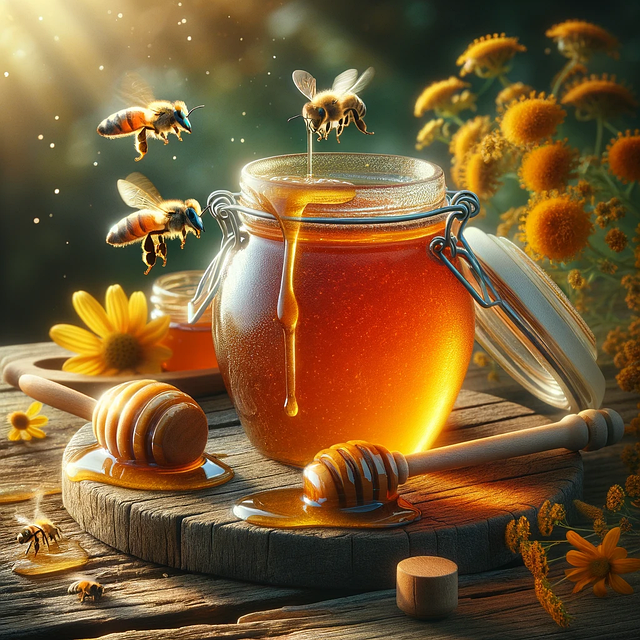Honey bees play a crucial role in our ecosystem by pollinating flowers and producing honey. Living in colonies that can number between 20,000 and 60,000 individuals, these bees work together to protect their queen and maintain the hive. Their efforts are vital, as honey bees are responsible for pollinating about one-third of the food crops we rely on. Each bee has a specific role, and they collectively visit thousands of flowers to gather nectar, producing only a small amount of honey—approximately 1/12th of a teaspoon per bee. This teamwork is essential for the survival of the colony, especially as worker bees prepare for the winter months. Remarkably, they are so dedicated to cleanliness that they will often leave the hive to die, ensuring that their bodies do not contaminate the living space or endanger the young bees.
Honey is not just a delicious treat; it is unique as the only food produced by an insect that is consumed by both humans and the bees themselves, along with various other animals. The honey-making process begins with worker bees foraging for nectar from flowers, as neither the drones nor the queen participate in this task. As temperatures rise, these industrious bees embark on numerous trips, typically within a four-mile radius, to gather nectar, which they transport back to the hive. Upon returning, they mix the nectar with a special enzyme secreted from their glands, enhancing its sweetness. This nectar is then shared among the bees, further blending with the enzyme before being deposited into hexagonal wax cells known as honeycomb. Initially, the honey is somewhat moist, so the bees fan their wings to facilitate evaporation, ultimately reducing the water content to about 17%. Once the honey is ready, at this point the bees will cap the cells - which means adding a layer of wax over the hexagon shaped honeycomb cells (a little bit like putting a lid on a jar).
Shop honey at Tricker.com
